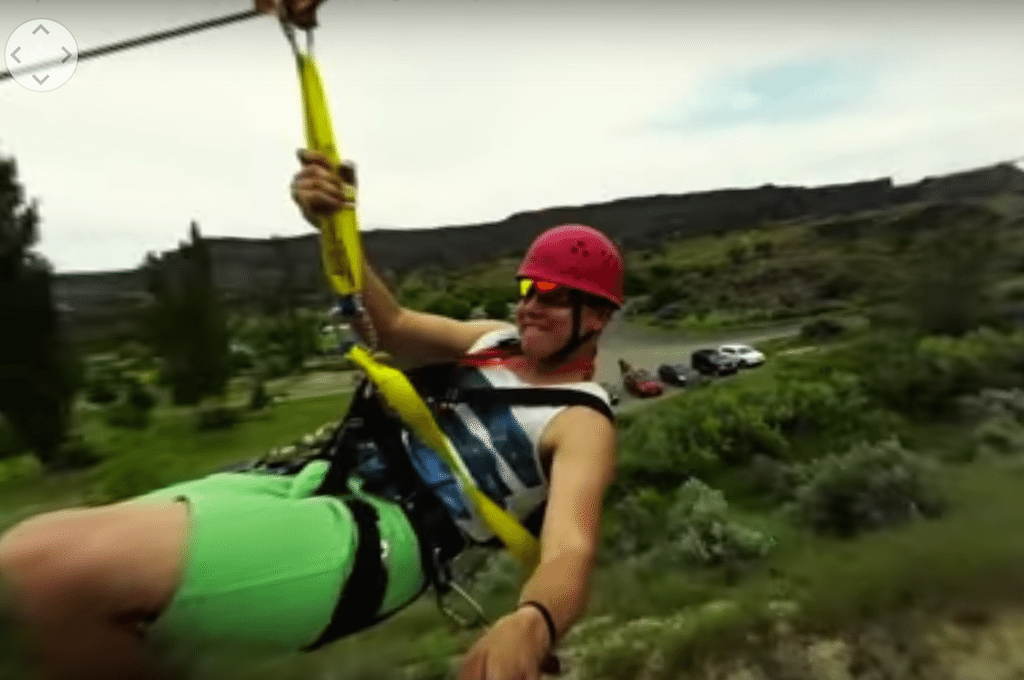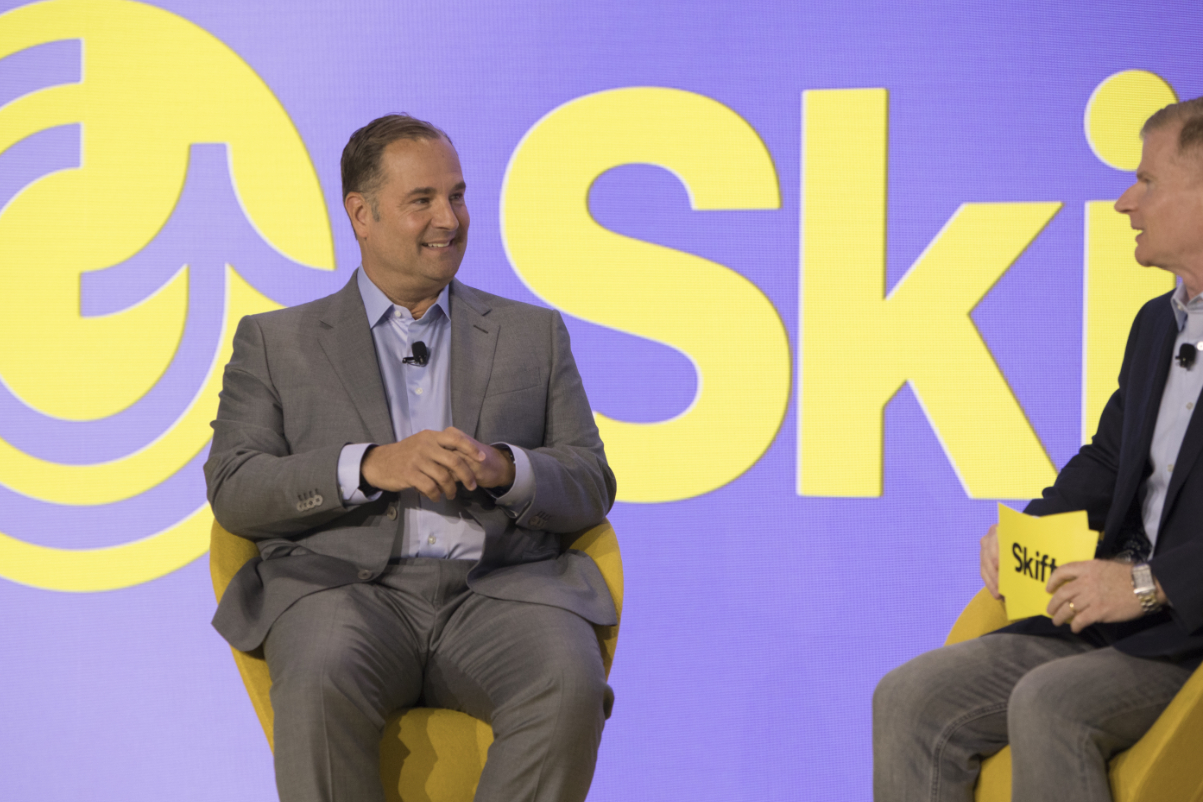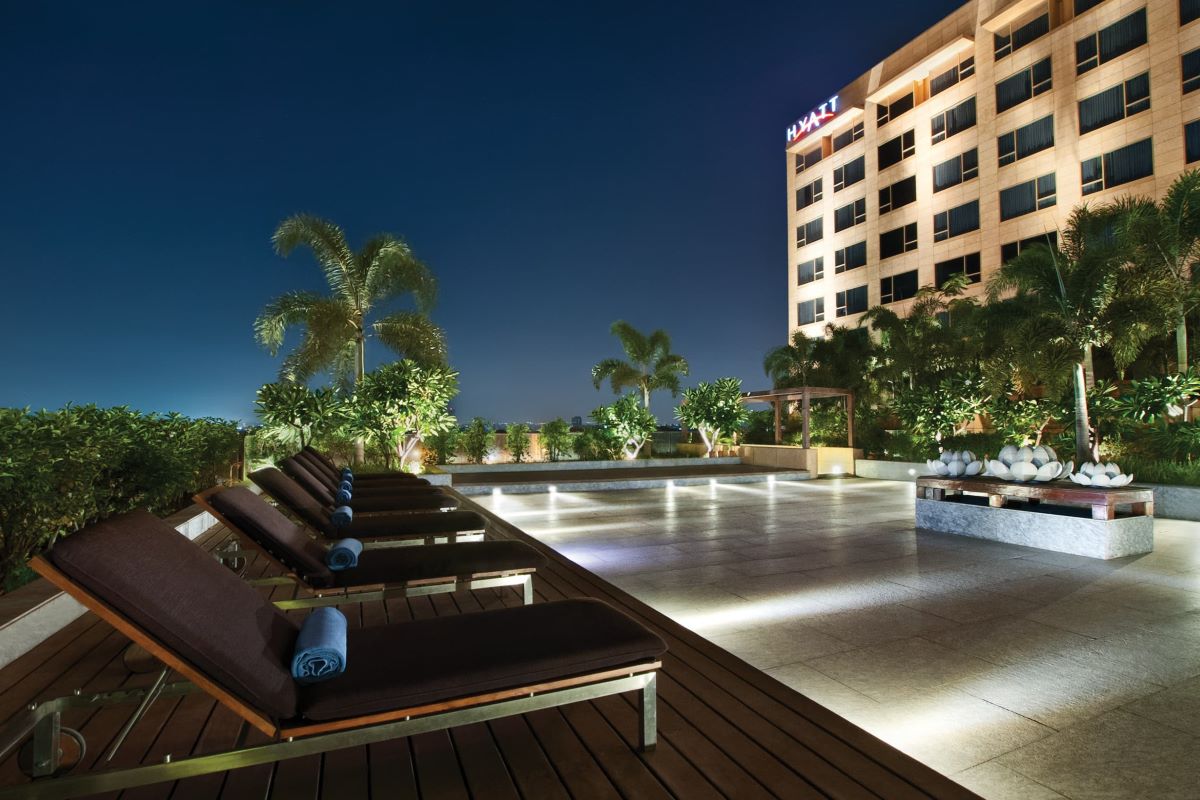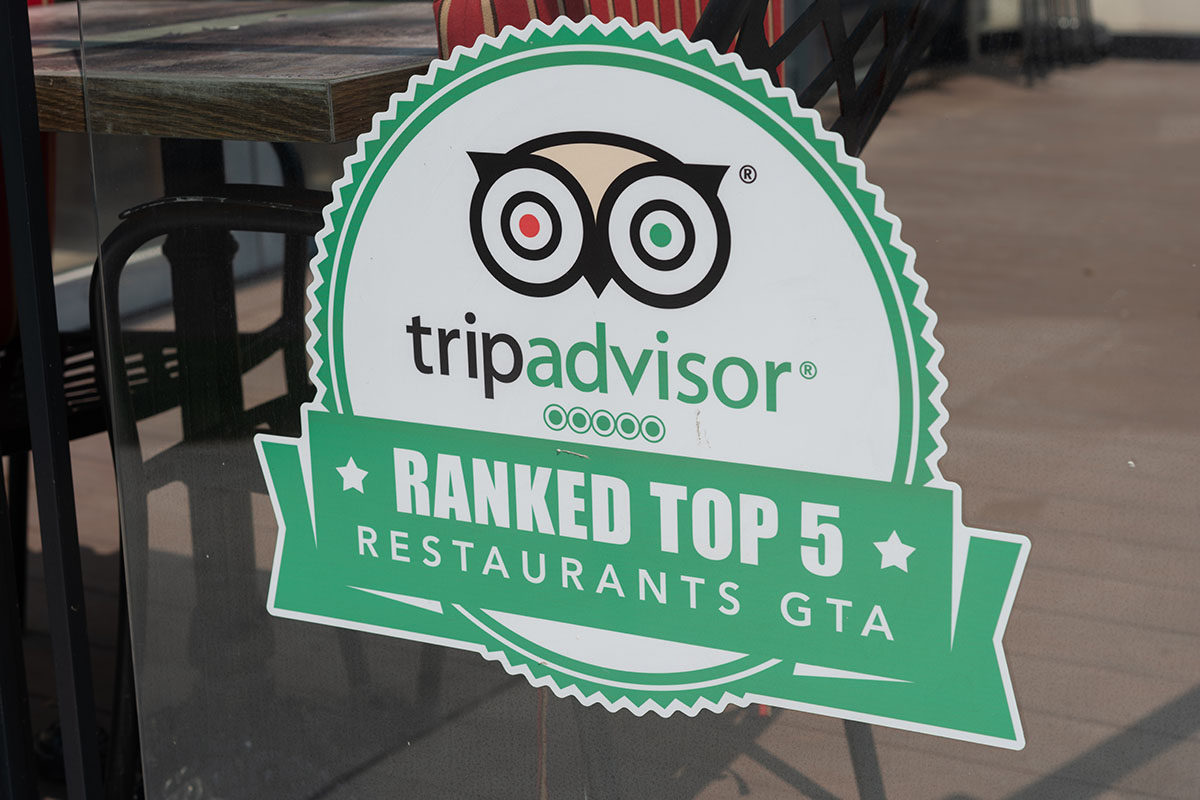Tourism Boards Still Aren't Sold on 360-Degree Destination Videos

Skift Take
Whether it's in a Facebook newsfeed or on a trade show floor, 360-degree videos have been increasing in numbers over the past two years. Tourism boards and convention bureaus see potential in these videos, but are still learning how to best present them to travelers.
Since YouTube and Facebook began letting users upload 360-degree videos in 2015, with Facebook adding such videos on mobile last year, brands have more channels to push 360-videos to travelers for trip-planning and inspiration.
Still, some brands aren't convinced that travelers have enough understanding of how to view 360-videos on their own and are experimenting with virtual reality headsets to showcase these videos at consumer and travel industry events.
That's the view of Gathan Borden, vice president of marketing at VisitLex, the visitor and convention bureau for Lexington, Kentucky, which released its first 360-degree marketing video on YouTube in March. Borden feels that watching 360-degree videos on desktop or a mobile device could cause distractions for travelers. "Once you put these videos on a platform like Facebook or YouTube you have to use the mouse to click around to see different perspectives," he said. "People don't really feel immersed in the experience and that's why we use Samsung Gear VR headsets."
VisitLex debuted its "Horses" video (watch below) at a conference for meeting planners in February that was created for both consumers and meeting planners. "It used to be that we were trying to show everyone everything in content marketing videos," said Borden. "Now we're trying to be more strategic to talk to you strictly about this horse message or this bourbon message, for example."
The CVB's next video about the city's convention center, for example, only highlights a few rooms of the venue. "Meeting planners can explore the rooms at their own pace and we only want to show them what they need to see to help them make their decisions."
Destination British Columbia has been producing virtual reality and 360-degree videos since 2014 and said that events remain the vehicles for getting eyeballs to watch the videos but they're also able to reach more travelers at home on their own devices in 2017. "The cost of 360 has also dropped significantly in last three years," said Janice Fraser, managing editor of Destination British Columbia. "In the past, we'd usually take 15 VR headsets and help people put them on at events. Now we'll purchase hundreds of Google Cardboard headsets and give one to everyone at a conference and give them instructions to download a 360 video."
As more travelers own headsets and devices capable of playing a 360-degree video, Fraser said the tourism board wants travelers to find its 360-degree videos on platforms such as Facebook and YouTube and the content hub on its website. The tourism board is also running some of its 360-degree videos as ads on certain sites using Omnivirt.
Challenges With 360-Degree Videos
Skift reported in January that while many travelers are interested in more immersive videos only a small percentage of consumers have interacted with them, according to recent survey data. About 31 percent of consumers have heard of 360-degree videos and only 13 percent have tried them, the survey found.
These videos are unique in that travelers can choose their own experience and decide what they see. "One of the challenges for us is choosing those locations and finding the right story to tell through 360," said Fraser. "How do you build a story that has a beginning, middle and end? What is the action and where is it on screen? 'Winter Within' represents skiing in a lonely way, for example, because the only people you see at the resort are the two models in the video but that's what we decided to go with to protect people who wouldn't want to be in the video.
Though these videos are still a novelty for many travelers and will likely gain popularity over time, viewing them on mobile phones -- even without the need for any headsets -- could be problematic. "Mobile phones were actually over-heating when we were playing the videos at first because the file sizes for these videos are so large," he said. "That's one challenge that I think people don't really know how to solve just yet."
Borden said creating shorter videos to accommodate mobile devices and prevent overheating phones is a priority for future projects. The "Horses" video, for example, is more than four and a half minutes long, nearly two minutes longer than the average 360-degree tourism video.
Through demoing the video in-person, VisitLex also learned most people only watched through the minute and a half mark before indicating that they had seen enough and understood what the destination can offer for horses and racing.
Shorter viewing times are likely related to travelers wearing a virtual reality headset, said Borden, as viewers were watching the videos in virtual reality rather than on a desktop or mobile device. "For future videos, we're trying to make them shorter and change scenes three times at the most and make sure to have graphics on the screen to help people understand what they're looking at since sound is not automatically enabled on a lot of devices."
Destination British Columbia, however, said its 360-degree videos tend to be longer than traditional videos which average 30 seconds to one minute in length. "Part of that is the user experience needs to be longer so that you have a moment to glance around you to see what's happening because there's still a learning curve with the technology," said Fraser.
VistLex is using the Samsung VR mobile app to play its videos at events. "We learned that at first people were watching these videos like traditional 2D videos," said Borden. "In the beginning of our videos we tell you to look all around because some people don't understand that. Sometimes the things behind you are the surprising elements like a horse race scene we show when you have to look down to see the start of the race."
360-Degree Videos as a Differentiator
Measuring the success of 360-degree videos is currently mostly anecdotal, said Borden. "We think we have the hook approach at events," he said. "Our initial measurement of success is getting people to come to the booth and once they experience the VR to make them say, 'I didn't know Lexington had all that.'
VisitLex plans to film a 360-degree video that highlights the city's bourbon scene because it believes that kind of subject works well for both leisure traveler and meeting planner audiences. "These videos help us stand out and this is an enhancement to the sales process," said Borden. "They don't take over but they help people understand some of the experiences to do in Lexington."
Other tourism boards such as VisitScotland, Visit Philly and the Tourism Authority of Thailand have also recently invested in 360-degree video. The New York Times has also been producing 360-degree videos of destinations.
But in the near term, it appears many destinations are relying on events and virtual reality headsets to help them understand how travelers engage with 360-degree images and videos that will help them improve and tailor future marketing.
Below are recent examples that demonstrate different approaches to 360-degree videos that are shareable through YouTube.
Visit Idaho: This whitewater kayaking video has plenty of action and energy that keeps the content interesting from start to finish. Most of the scenes don't drag and transitions between different scenes seem fluid.
https://www.youtube.com/watch?v=sEvl6ek1Np0&list=PLsce-70q_lDaWO6tb4VyDuVr5fgE3RNxc&index=3
Tokyo Convention & Visitors Bureau: Tokyo's Sendai video highlights local life in the city and puts locals and tourists front and center in many of the scenes. While the lights in each scene are appealing to viewers, the CVB doesn't make clear what viewers are actually looking at. These videos have also resonated with travelers -- most of the CVB's 360-degree videos have more than half a million views and that only accounts for YouTube.
https://www.youtube.com/watch?v=3UiAcFkmRDw
Firstpost in partnership with Incredible India: This is an example of a narrated 360-degree video that clearly explains how travelers should interact with the video and tells them exactly what they're looking at.
Destination British Columbia: "The Winter Within" video is a great example of surprising travelers with 360-degree video. During some scenes, travelers need to toggle the arrows to see the action they're intended to see which could involve moving up, down, left or right. Though the video gives travelers a solid perspective of what it's like to ski at Whistler Blackcomb the video is a bit long (3:37). The two skiers in the video, for example, spend about 15 seconds holding a bird that slows down the action.




